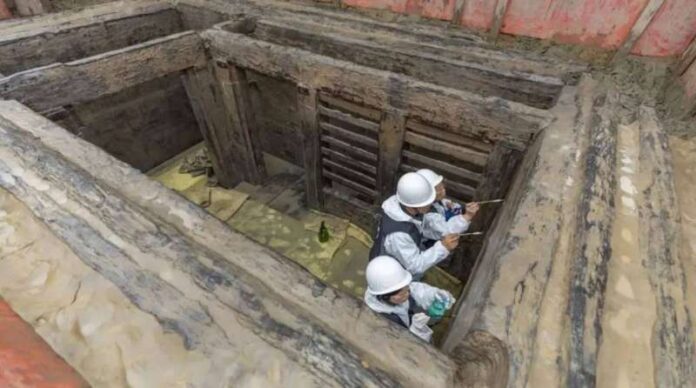Archaeologists in China have discovered a mysterious collection of archaeological rectangular wooden objects linked to an ancient astronomical calendar.
The discovery occurred inside a well-preserved 2,000-year-old tomb in the southwest of the country, according to what was reported by the Live Science website.
Each of the 23 wooden pieces is about an inch (2.5 cm) wide and 4 inches (10 cm) long, and displays a Chinese character associated with the “Tiangan Dizhi,” or “Ten Heavenly Legs and 12 Earthly Branches,” a traditional Chinese astronomical calendar. It was founded during the Shang Dynasty, which ruled from about 1600 BC to about 1045 BC.
Archaeologists believe that one of the pieces may have represented the current year, and that the other 22 pieces could have been used to determine any particular year in the ancient calendar. However, it is not yet clear how the orthodontic wood cutting kit works.
This is the first time that such a valuable relic has been found in an ancient tomb, although the practice of writing characters on strips of wood or bamboo was common in China before the invention of paper.
The wooden pieces and several other artifacts were discovered earlier this year in a cemetery in the Wolong area, about 870 miles (1,400 kilometers) southwest of Beijing.

















